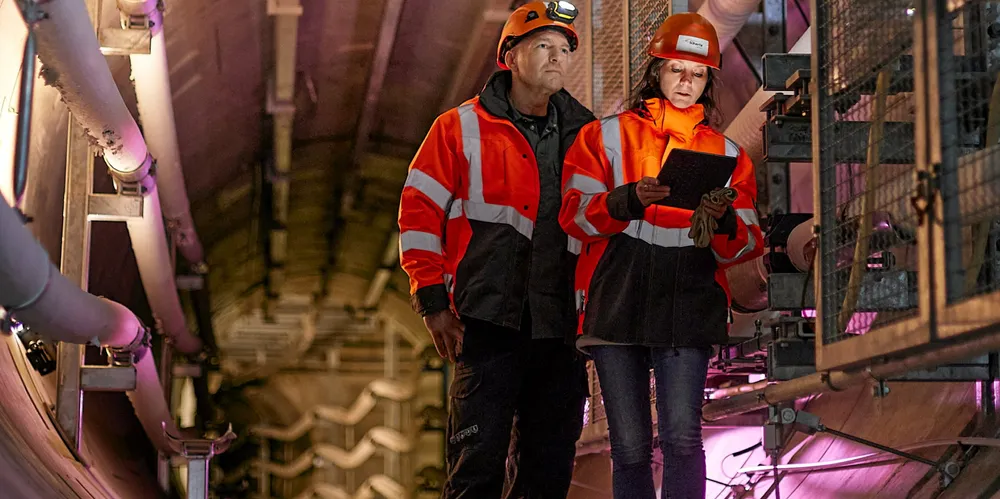'Central for offshore wind' | German TSOs apply speedy permitting for first HVDC line
TenneT and 50Hertz to use accelerated permitting enabled in new legislation allowing for faster procedures on basis of ‘overriding public interest’

TenneT and 50Hertz to use accelerated permitting enabled in new legislation allowing for faster procedures on basis of ‘overriding public interest’
